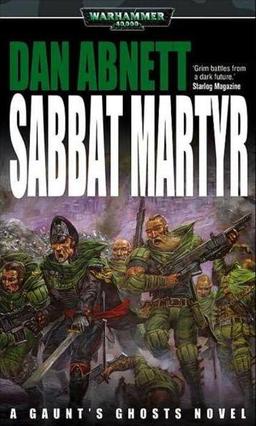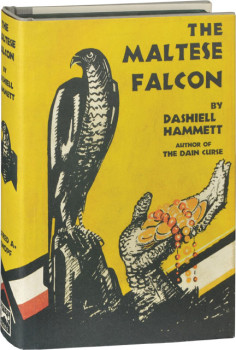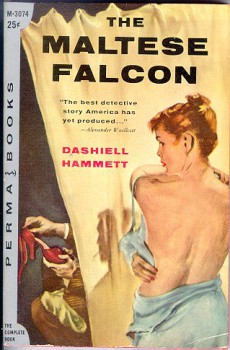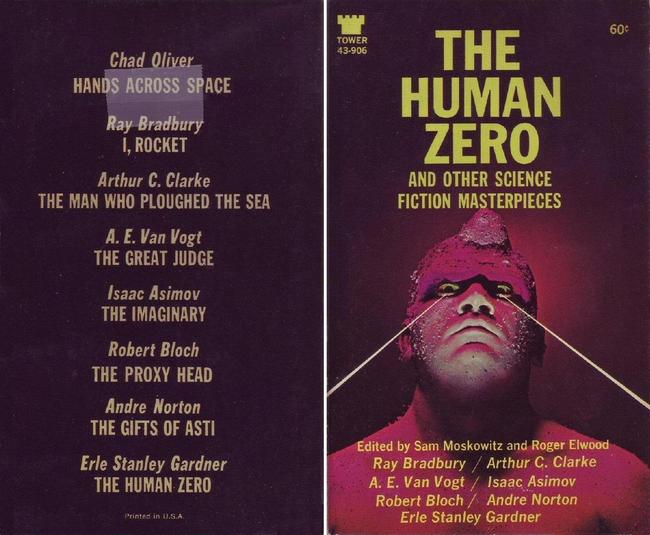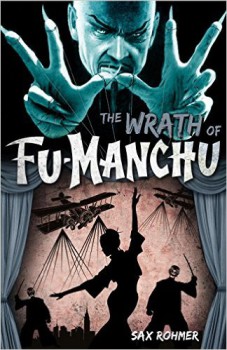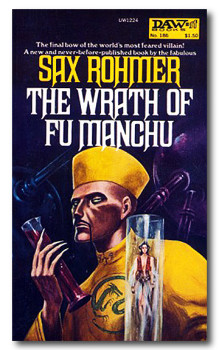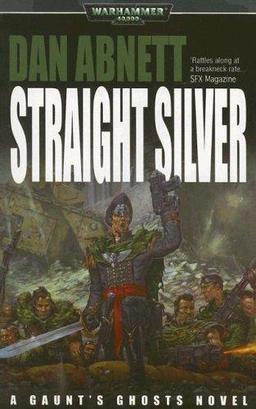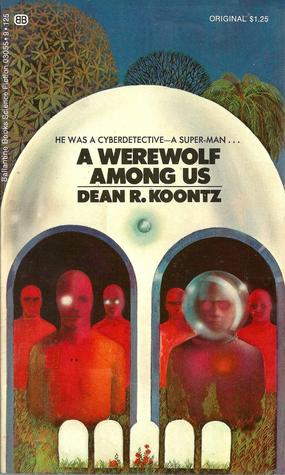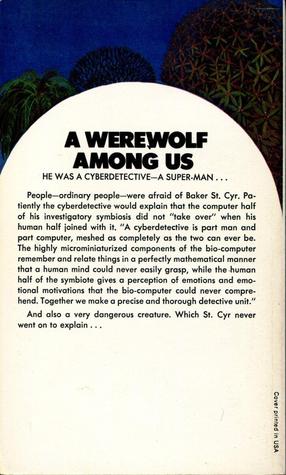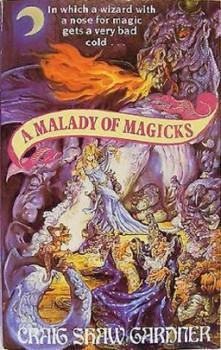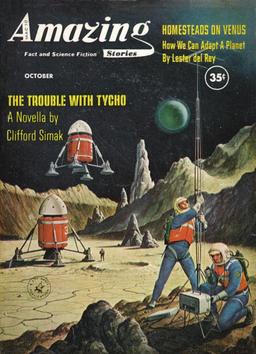Short Speculative Fiction: “Summer at Grandma’s House” by Hao Jingfang
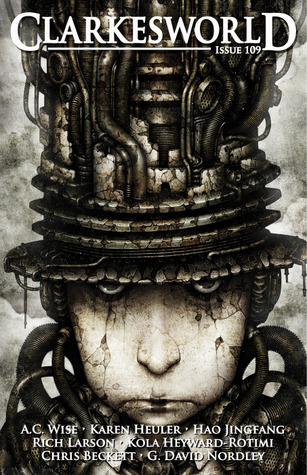 |
Lately I’ve felt like using this column to cover fewer pieces of fiction, but more in depth. So for the time being I’ll write about one story per column, picking my favorites from a given magazine.
In this month’s Clarkesworld, I very much enjoyed the short story “Summer at Grandma’s House” by Hao Jingfang, originally published in 2007, and translated into English by Carmen Yiling Yan.You can read it for free right now at Clarkesworld.
Briefly, what it’s about: a young man drifting aimlessly through life who visits his grandmother for the summer. This place is not what you’d expect: “The coffeepot is a penholder, the penholder is a lighter, the lighter is a flashlight, the flashlight is a jam container.” The story has to do with what he learns about the meaning of life in this house. From here on in, we delve into spoilers, so click on (either to the story or the rest of the column).
